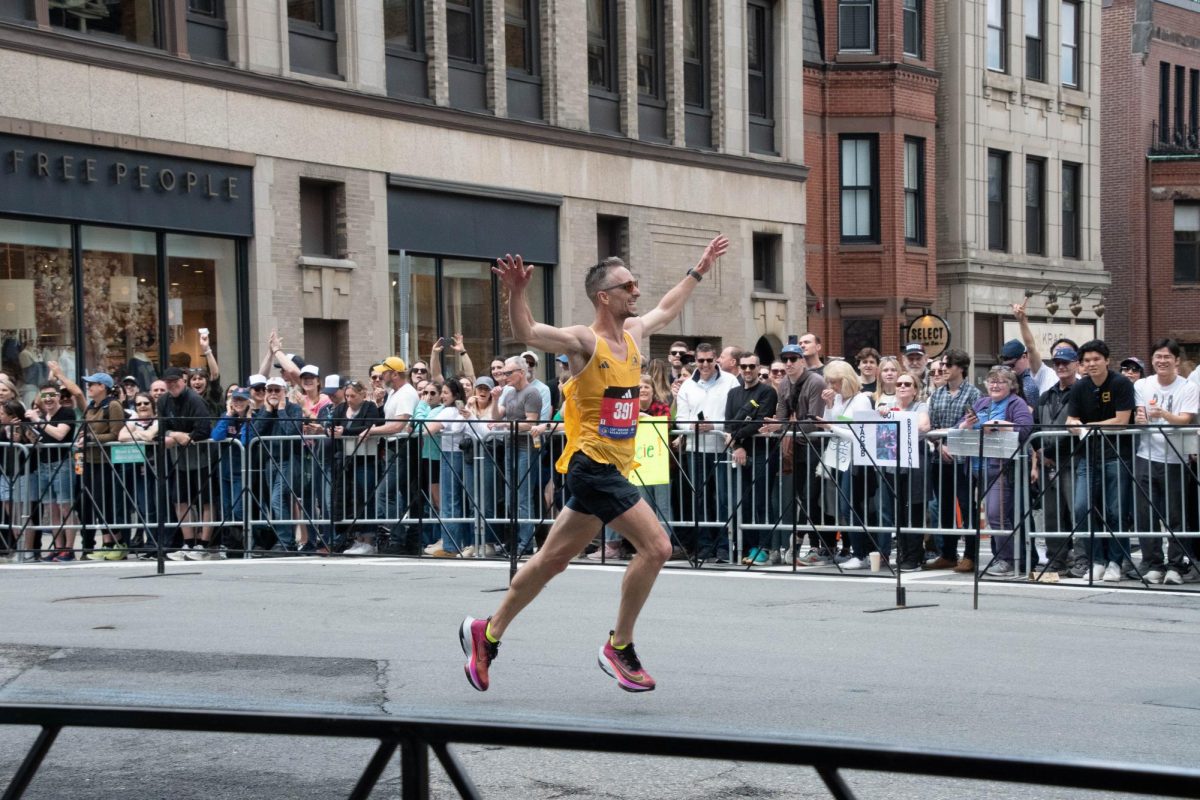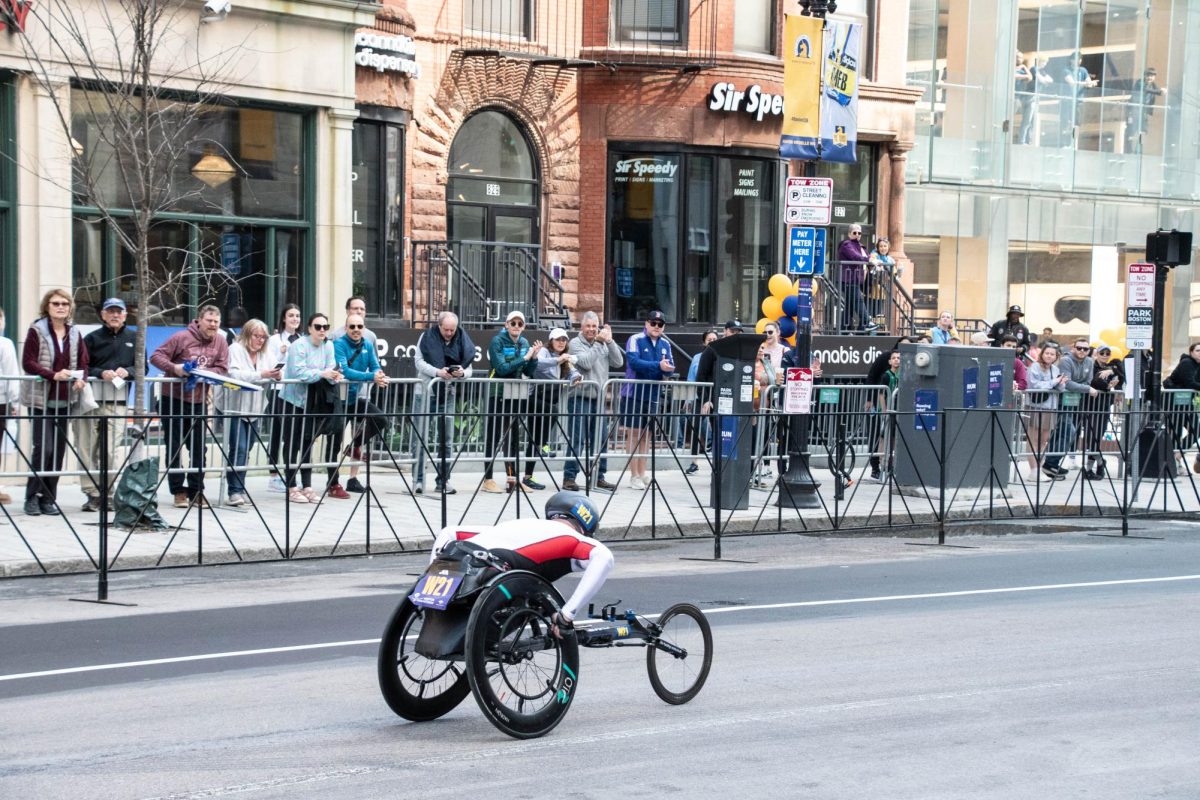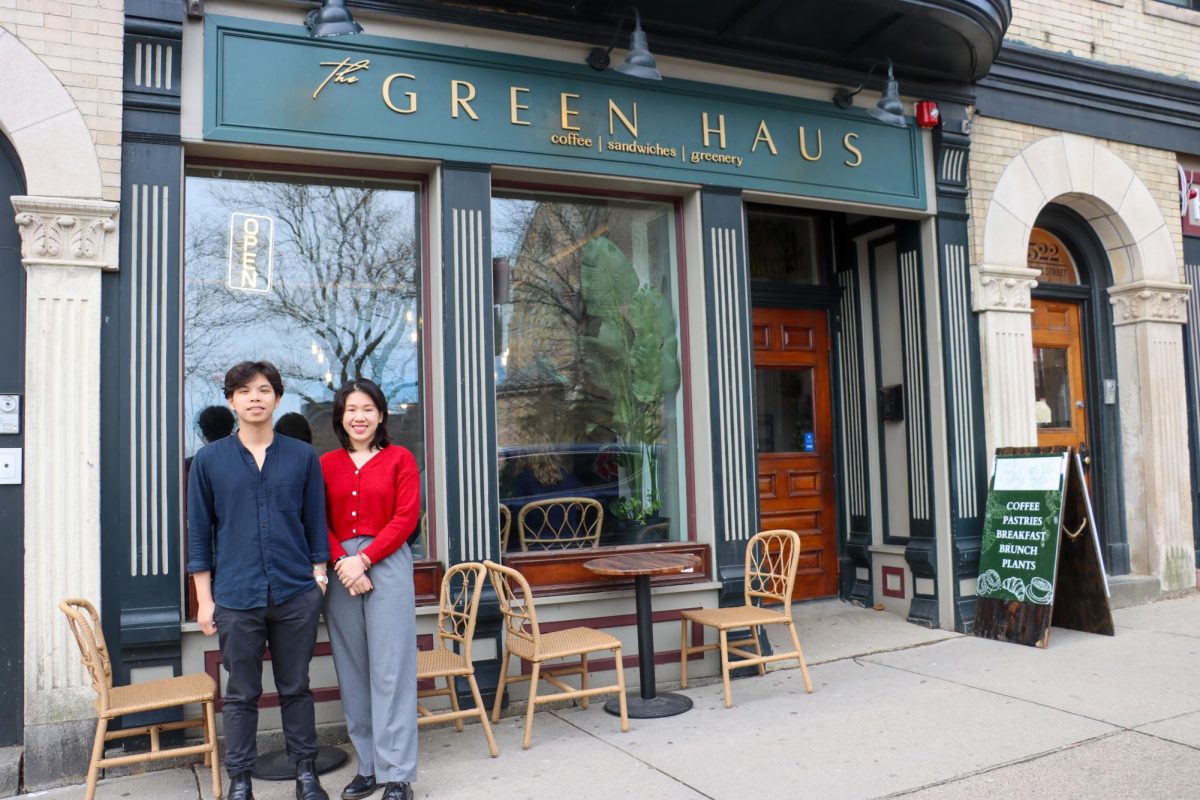By Andie Scibetta, news correspondent
Over the past seven years, the percentage of people experiencing homelessness in Massachusetts has risen a significant amount: up 40.4 percent since 2007, according to a new report by the US Department of Housing and Urban Development.
From 2013 to 2014 alone, the homeless population grew by 11.6 percent, with the addition of 2,208 people experiencing homeless, according to the report. For the time period, Massachusetts had the second largest increase, just after New York.
Despite these figures, however, Massachusetts also has one of the highest rates of sheltered homeless in the nation. Of the 21,237 homeless in 2014, only 759 people were left out on the streets – around 3.6 percent.
In Boston, the number is even lower, with only 3 percent unsheltered, according to the report. This is one of the lowest rates for a large city.
An increase in homelessness places a burden on the shelters that house the 97 percent who reside in these establishments. Eva Cross, house manager at the Nazareth House, a homeless shelter in Roxbury, commented on the effect this rise has had on the organization.
“With the budget cuts, there are not enough beds for the homeless,” Cross said. “They are being shipped to hotels, motels, they’re couch surfing… There’s a need for community beds. We don’t have enough.”
According to Cross, the shelter mainly sees people from age 18 to 50, but youths are especially prone to homelessness. 2013 data from the Massachusetts Department of Elementary and Secondary Education (ESE) estimates that 9,493 high school-aged students in public schools are experiencing homelessness on any given day in Massachusetts.
This number includes an estimated 4,085 unaccompanied high school students who are experiencing homelessness and are not in the custody of their parent or legal guardian, according to the Massachusetts Coalition for the Homeless (MCH).
Additionally, ESE estimates that there are over 37,000 students of all ages experiencing homelessness who are enrolled in Massachusetts public schools.
In the 2012-2013 academic year, public schools across Massachusetts were able to identify and serve 15,812 students who were homeless, according to MCH.
Cross said that the Nazareth House tries to combat the problems associated with homelessness, which can include anything from weakened immune systems to post-traumatic stress disorder, through various programs offered by the shelter. Residents not only find a place to sleep, but also learn valuable skills.
“We try to teach them budgeting, sometimes about nutrition and parenting, sometimes [about controlling] substance abuse issues,” Cross said. “We try to help them deal with mental and emotional problems as well as the physical problems.”
Michelle Hoblit, a third-year health sciences major at Northeastern, has volunteered with the Boston Health Care for the Homeless Program. She says that she can see the rise in homelessness in the area herself, even as she walks to class.
“It’s really apparent with people asking for money on the corner of Huntington and Forsyth,” Hoblit says.
In regards to how her fellow students can help, she believes that a great starting point would be increased awareness.
“I feel like students may not be as aware as they should be,” Hoblit said. “I sometimes feel like people just ignore it. Maybe just taking a more proactive stance would be helpful.”
Liam Synan, a sophomore biology and math major, has seen an increase of people on the street compared to last year but thinks it may be due to a change in his housing location.
“I’ve seen more, but I’m not sure if that’s necessarily reflective of a changing environment or a changing environment for me,” Synan said. “Now I live down Mass. Ave., and the difference may be [that] now I live in a different area.”
Synan says he sees a concentration of homeless people near the Back Bay T station and Massachusetts and Huntington Avenues near the theatres.
When reflecting on Northeastern’s duty to help the homeless, Synan says, “I think that part of being a responsible member of a community that does have vast resources is to do something.”
Photo courtesy Portraits-of-America, Creative Commons














